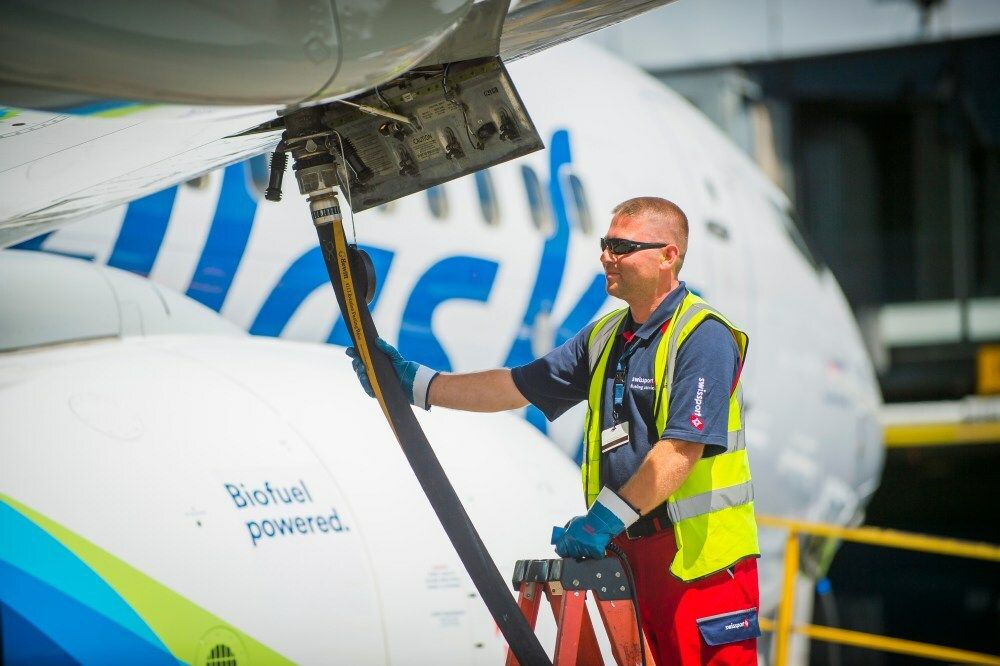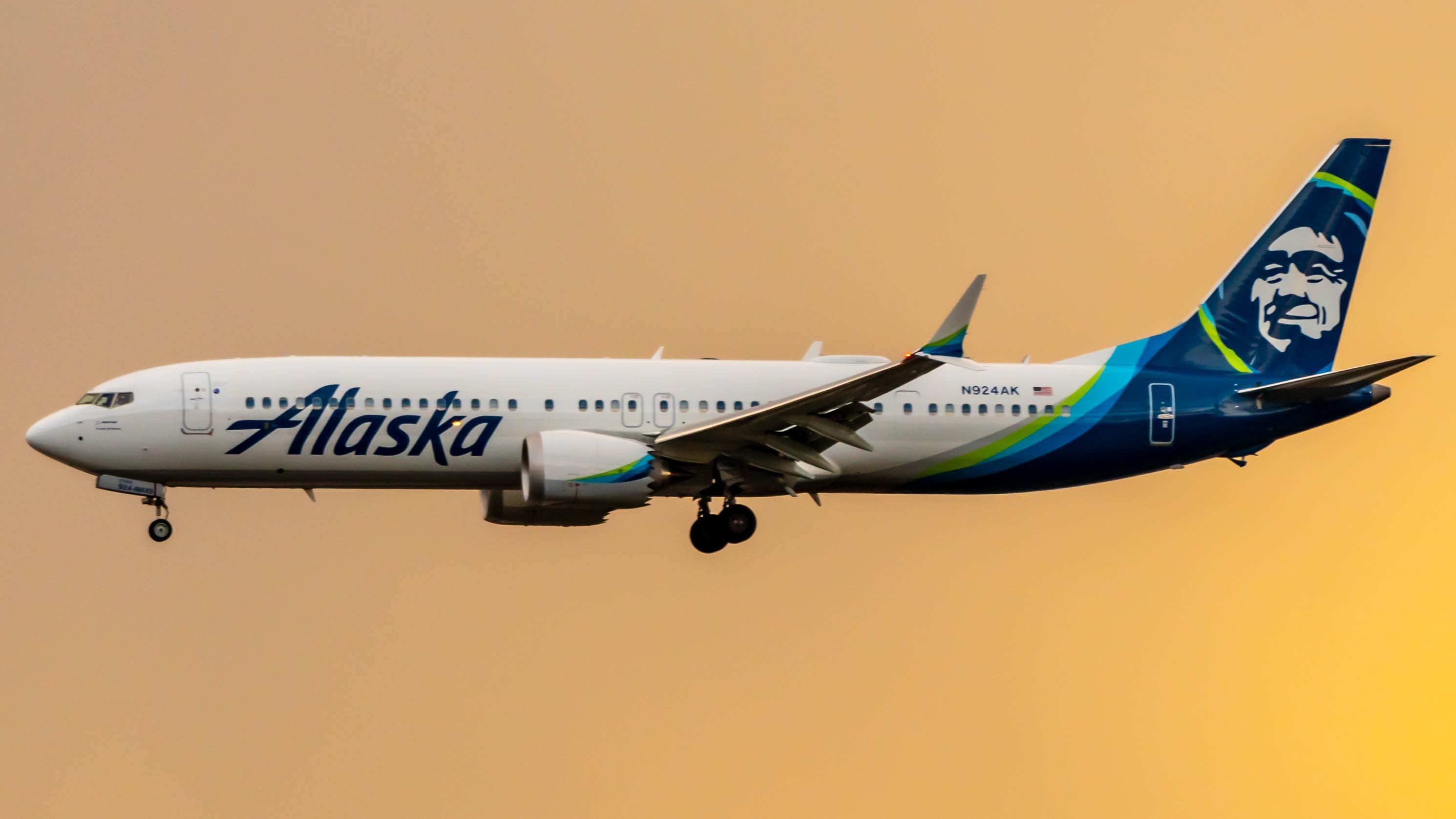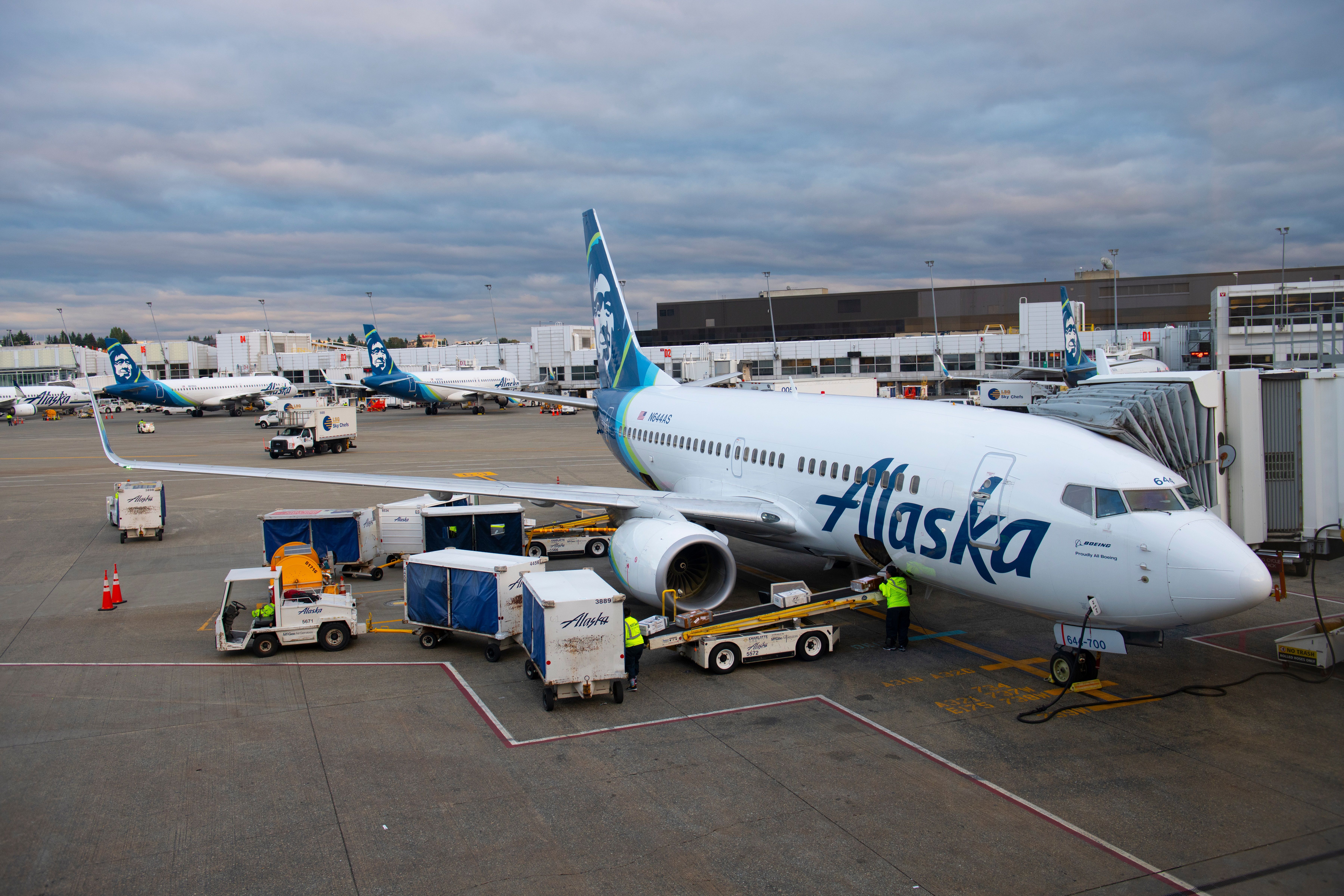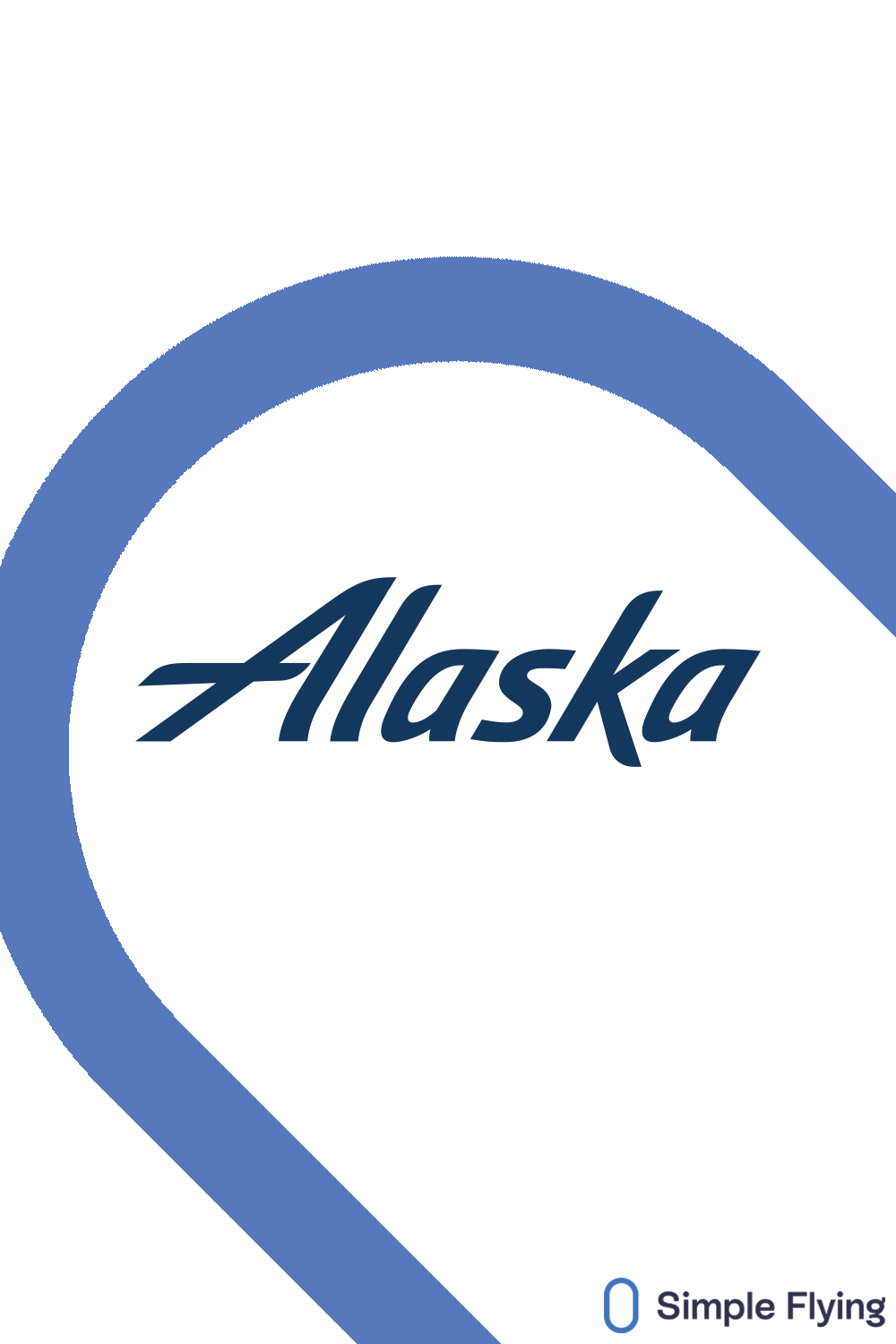Shell is on a roll when it comes to introducing more of its sustainable aviation fuel services across the industry. Last week, the oil and gas giant reached an agreement with JetBlue for 10 million gallons of blended SAF at LAX over the next two years. On Thursday, Alaska Airlines announced that it had entered a cooperation agreement with Shell to "advance development in the sustainable aviation fuel market and long-term jet fuel supply." Let's take a closer look at what the agreement entails.
Alaska Airlines has set one of the most ambitious net-zero courses in the industry. Rivaled only by the aforementioned JetBlue in aspiration, the carrier intends to go net-zero as soon as 2040, ten years ahead of the collective industry timeline.
Partnerships necessary to scale market and lower costs
Diana Birkett Rakow, senior vice president for public affairs and sustainability at Alaska, commented on the partnership with Shell, part of what she sees as the greatest near-term opportunity to make a step-level change on the path to decarbonization,
"That's why we've pioneered SAF technologies for more than a decade. But we can't scale the market alone. We're excited to take this next step in the journey with Shell, to leverage their deep knowledge of the energy industry, its infrastructure requirements and supply chain to make lower lifecycle carbon SAF more widely available for the future."
The agreement covers "commitments to deepen understanding of the technology, infrastructure, carbon accounting systems, and public policy support needed to bring SAF to more markets, in greater quantities, and at a more sustainable long-term cost."
It also includes the delivery of 10 million gallons of SAF from Shell to Alaska's hub at LAX. In particular, the focus will be on enabling supply on the West Coast and alleviating fueling infrastructure challenges in the Pacific Northwest.
Collaboration across ecosystem
Jan Toschka, president of Shell Aviation and an avid speaker and commenter on both the promises and challenges of SAF, stated,
"We're excited to expand our strong relationship with Alaska and amplify our efforts to help decarbonize aviation through SAF supply on the West Coast and in the Pacific Northwest. We need support from the entire ecosystem to build a sustainable future for aviation. This deep level of collaboration will help us put the technologies and supply chain in place to advance the industry."
Shell has set up several partnerships with industry players to help scale SAF as an industry. These collaborations include fuel providers such as Neste, SkyNRG, World Energy and Red Rock, but also OEMs such as Rolls-Royce.
Speaking at the World Aviation Festival in Amsterdam in 2022, Jan Toschka was under no illusion about what it will take to meet the industry targets and blending mandates for SAF.
Despite IATA calculating that global SAF production increased by 200% in 2022, the Shell Aviation boss says that it will take an investment of $1.45 trillion to meet 2050 sustainable aviation fuel targets. You can read more about why he likens the situation to a "prisoner's dilemma" in this article.
Want to know more about sustainability in aviation?




